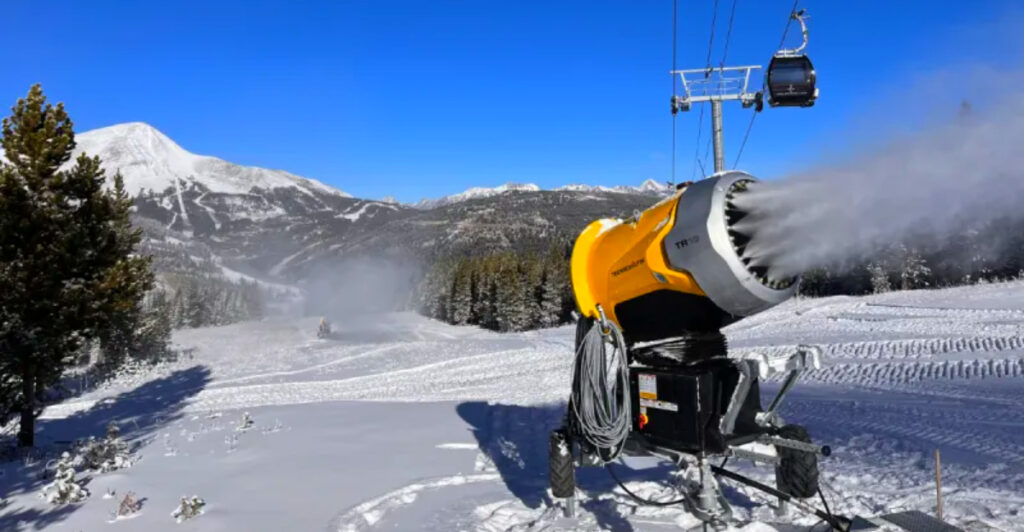Ski resorts across the country are facing a serious problem: not enough natural snow to keep their slopes open. Climate change has warmed winters and shortened ski seasons, forcing resorts to make artificial snow using huge amounts of water. Now, some resorts have found a surprising solution—turning treated wastewater into snow—but this idea has sparked heated debates about safety, respect for sacred lands, and whether it’s the right thing to do.
1. The Case That Launched the Debate
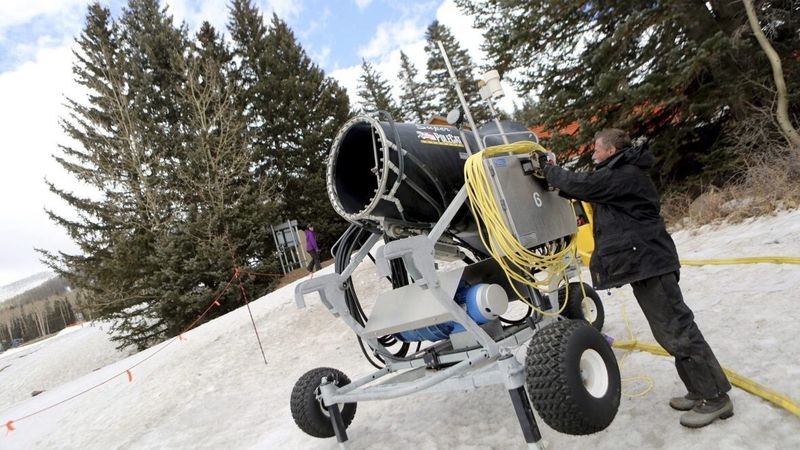
Between 2009 and 2011, the Hopi Tribe took Arizona Snowbowl and the City of Flagstaff to court over a controversial plan. The resort wanted to spray treated wastewater as snow on the sacred San Francisco Peaks, which hold deep spiritual meaning for Indigenous peoples.
The tribe argued this would cause both spiritual harm and environmental damage to land they consider holy. After years of legal battles and appeals, the Arizona Supreme Court ruled against the tribe, saying they hadn’t proven a special injury under public nuisance law.
This ruling created a powerful legal precedent that still affects decisions today. When climate adaptation clashes with sacred land rights, the courts have sided with recreation and regulation over cultural sovereignty, leaving Indigenous communities frustrated and unheard.
2. Why Resorts Are Turning to Wastewater
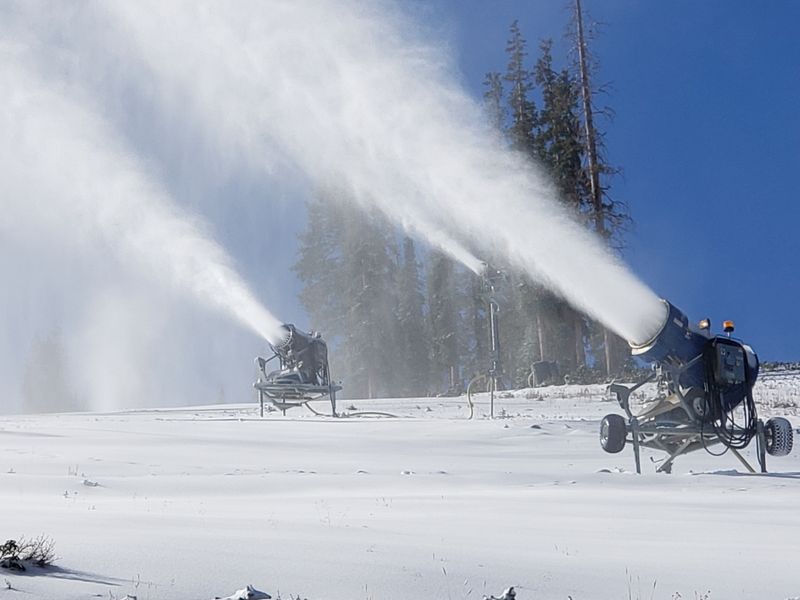
Ski seasons have gotten shorter since the 1970s because of climate change, and now about 87% of U.S. ski areas depend on artificial snow to stay open. Making all that fake snow requires enormous amounts of freshwater, often pumped from rivers and underground aquifers already stressed by drought.
Reclaimed water offers resorts a clever alternative that solves multiple problems at once. Treated wastewater is plentiful and often goes unused, making it an abundant resource.
When sprayed as snow, the freezing and melting cycles may filter it even more naturally. As the snow melts in spring, that water flows back into streams and underground aquifers, essentially recycling waste into a valuable resource that helps recharge local water supplies instead of draining them dry.
3. The Pioneers of Wastewater Snow
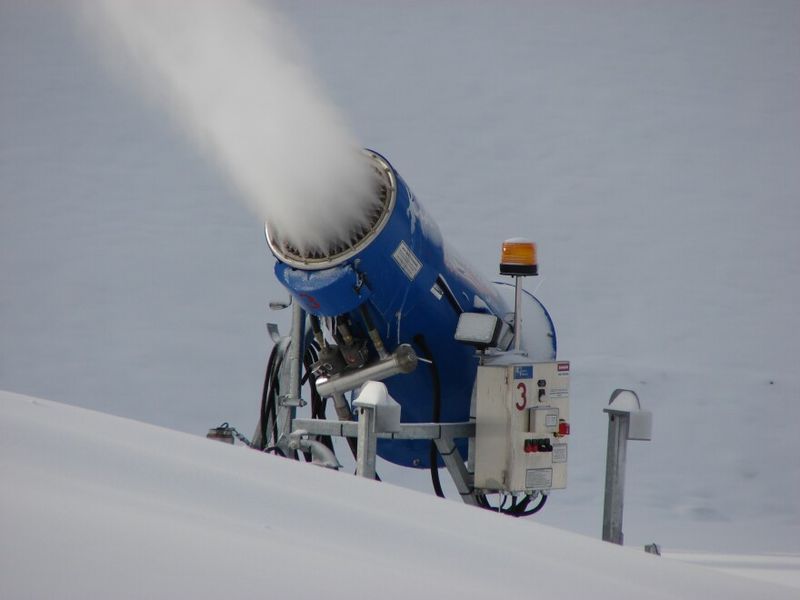
Arizona Snowbowl made history in 2012 by becoming the first resort to use 100% reclaimed water for all its snowmaking operations. Despite ongoing protests and legal challenges, the resort has continued this practice for over a decade.
Yellowstone Club in Montana joined the movement during the 2023-2024 season, becoming the first Montana resort to spray treated wastewater as snow. They plan to use up to 25 million gallons of reclaimed water annually to boost early-season coverage.
Spanish Peaks Mountain Club, also in Montana, is currently seeking permits to turn wastewater into snow on new slopes, planning to use approximately 23 million gallons each year. These early adopters are testing both the technical possibilities and public acceptance of an idea many find uncomfortable.
4. The Objections: Why Many Push Back
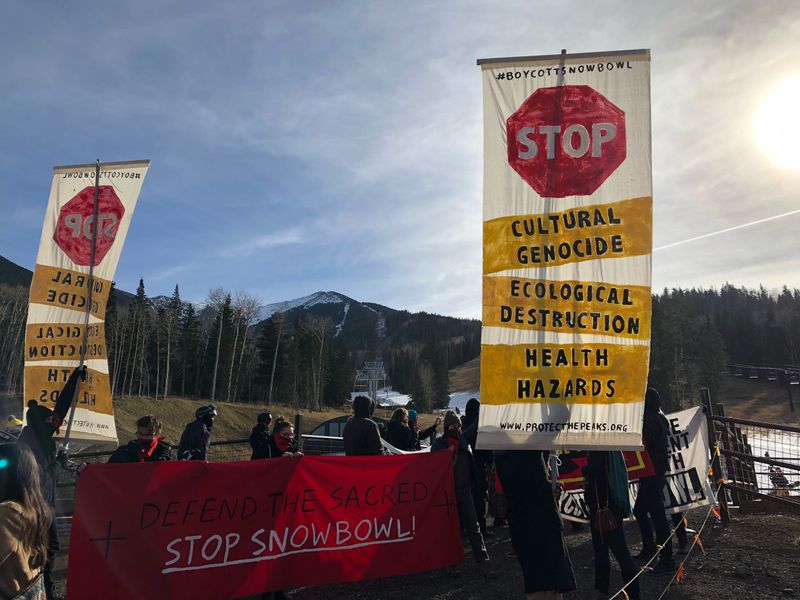
Indigenous groups consider wastewater snow a desecration of sacred landscapes that dishonors their spiritual traditions and ancestral connections to the mountains. Environmental groups worry that even thoroughly treated effluent can contain pharmaceuticals, excess nitrogen, microplastics, and other contaminants that might harm ecosystems.
Snowmaking machinery consumes massive amounts of electricity, which can increase carbon emissions and contradict climate-friendly goals. Building the infrastructure to treat and transport reclaimed water costs millions of dollars, and obtaining permits requires navigating strict regulations that many resorts can’t afford.
Perhaps the biggest obstacle is public perception—the phrase skiing on sewage creates powerful negative reactions that are extremely difficult to overcome, regardless of how safe the treated water actually is.
5. A Climate Imperative?
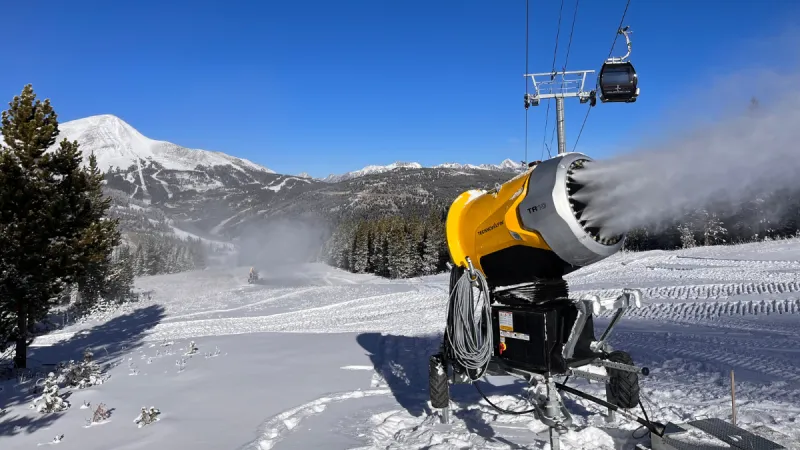
Warming trends are accelerating faster than scientists predicted, threatening the very existence of mid-elevation ski resorts that can’t depend on natural snowfall anymore. Artificial snow may be the only way these resorts survive the next few decades as winters grow warmer and shorter.
Using wastewater for snowmaking could significantly reduce strain on freshwater supplies, improve natural water cycles, and help stabilize ski seasons for communities that depend on winter tourism economically.
But this solution raises a fundamental ethical question that divides communities: At what cost should we save the ski industry? Balancing economic survival, environmental responsibility, and cultural respect has proven nearly impossible, leaving everyone asking whether technological fixes create more problems than they solve.
6. What to Watch in 2025 and Beyond
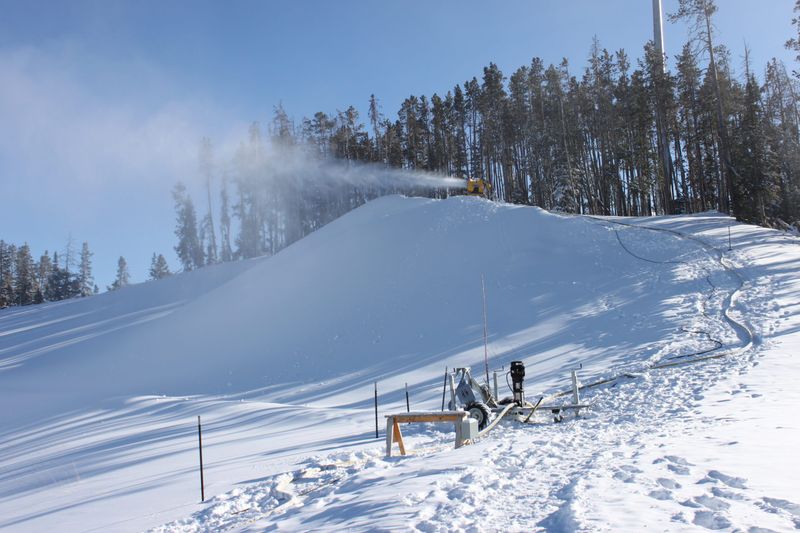
Ongoing protests and new litigation continue targeting Arizona Snowbowl, with Indigenous activists refusing to accept the court’s earlier decisions as the final word. Spanish Peaks Mountain Club’s permit review in Montana will test whether other states follow Arizona’s path or chart different courses.
State laws like Utah’s 2023 restrictions could spread, potentially banning reclaimed-water snow in places where cultural or environmental concerns outweigh economic arguments.
Emerging low-energy treatment technologies promise to make wastewater reuse safer, cheaper, and more environmentally sound, which could change the entire debate. Scientific studies examining the long-term environmental effects of wastewater snowpacks are just beginning, and their findings will likely influence policy decisions for years to come as more data becomes available.
7. The Bigger Question: Can vs. Should
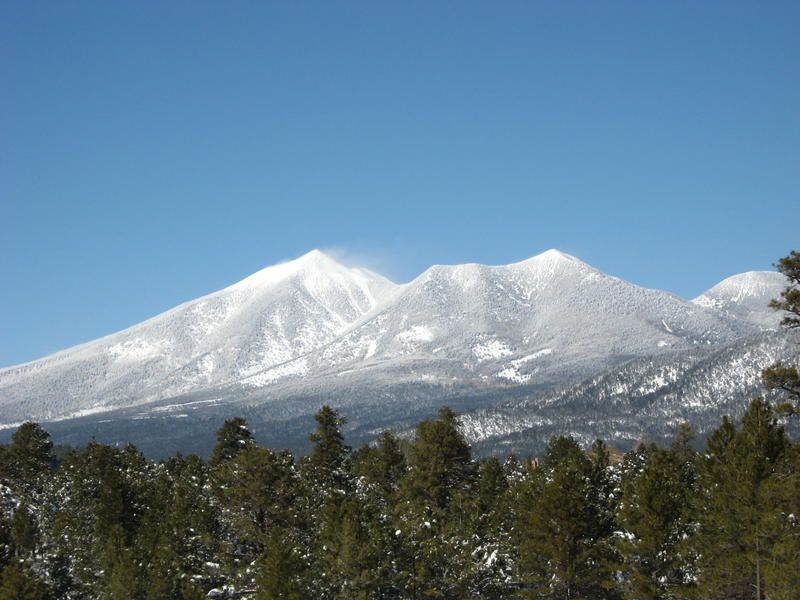
Courts have ruled that making snow from treated wastewater is legally permissible under current environmental regulations, but moral and cultural debates rage on with no resolution in sight. For Indigenous nations, these mountain slopes represent sacred ground where ancestors walked and spirits dwell—places that deserve protection and reverence.
For ski resorts, these same slopes mean economic survival, jobs for local communities, and traditions that families have enjoyed for generations.
As climate change deepens and water scarcity worsens, this tension will only intensify, forcing difficult conversations about whose values should shape our mountains. Will we prioritize recreation, ecological sustainability, or cultural preservation? The answer may determine not just the future of skiing, but how we balance competing needs in a warming world.

